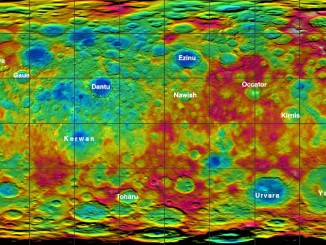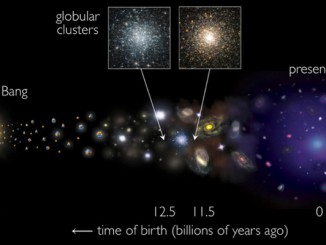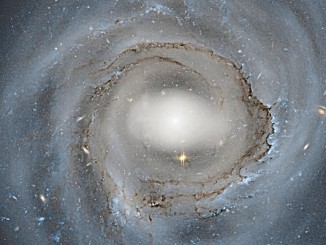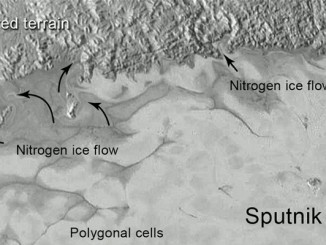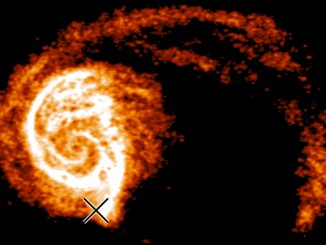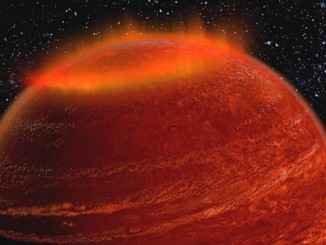
“Failed stars” host powerful auroral displays
Brown dwarfs are relatively cool, dim objects that are too massive to be planets, yet they are too small to sustain hydrogen fusion reactions. By observing a brown dwarf 20 light-years away, researchers have found another feature that makes these so-called failed stars more like supersized planets — they host powerful aurorae near their magnetic poles.



